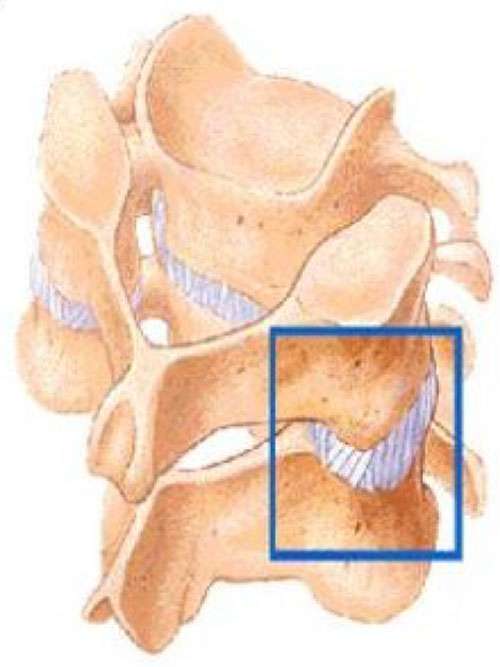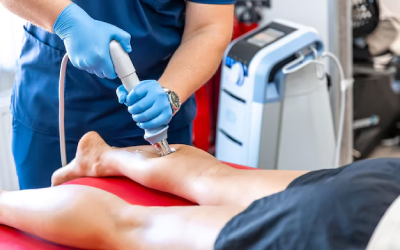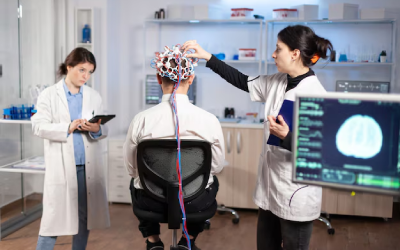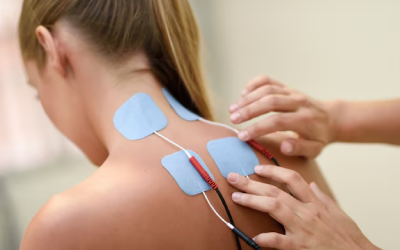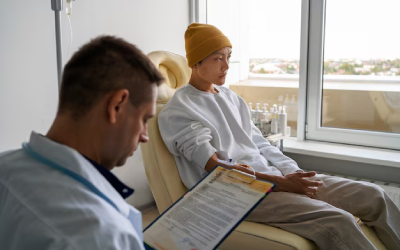You will be monitored for up to monitored closely in the recovery room for 30 minutes after the injection. When you are ready to leave, the staff will give you discharge instructions. You will need to keep a pain diary. It is important to maintain a diary to help the doctor ascertain the success of the diagnostic injection. You may feel immediate pain relief and numbness in your back for a limited period of time after the injection which is the local anaesthetic effect and an indication that the right areas were targeted.

